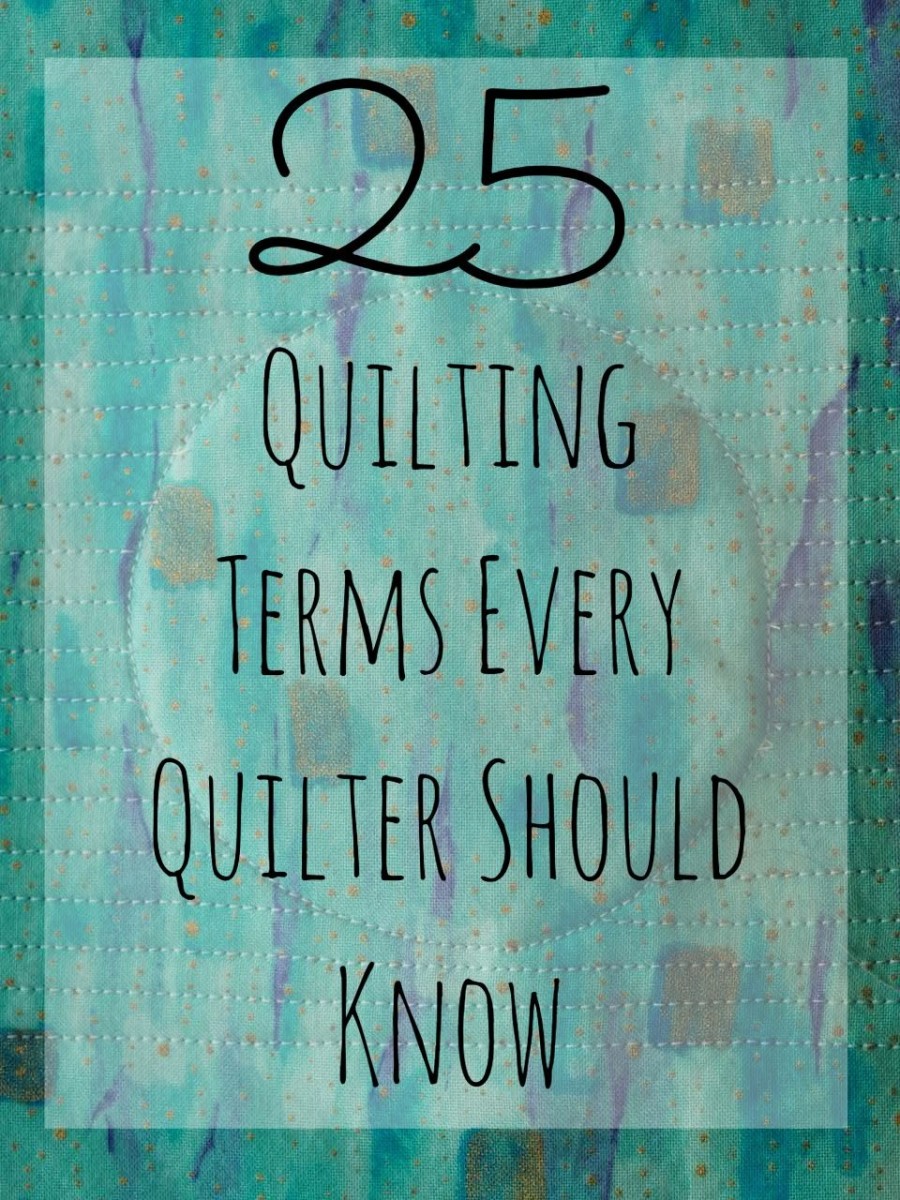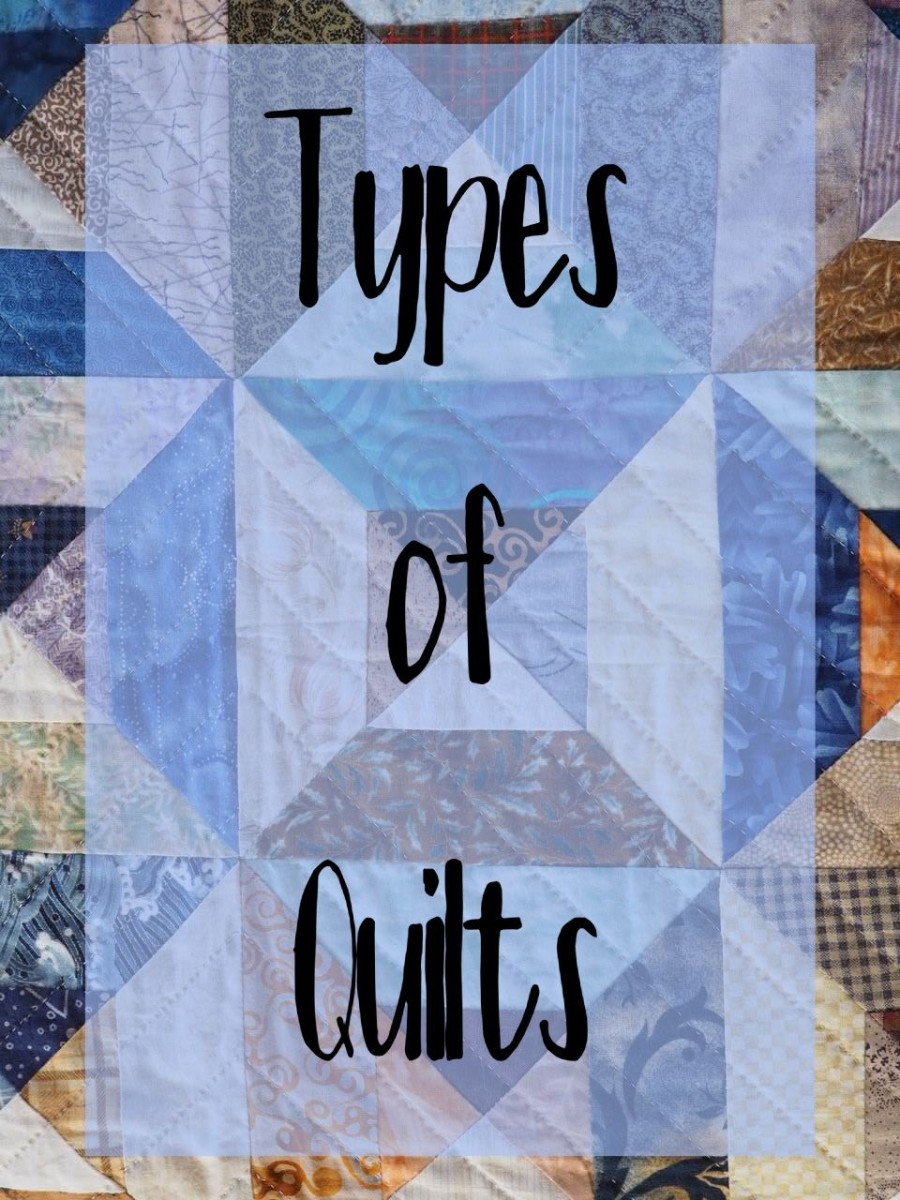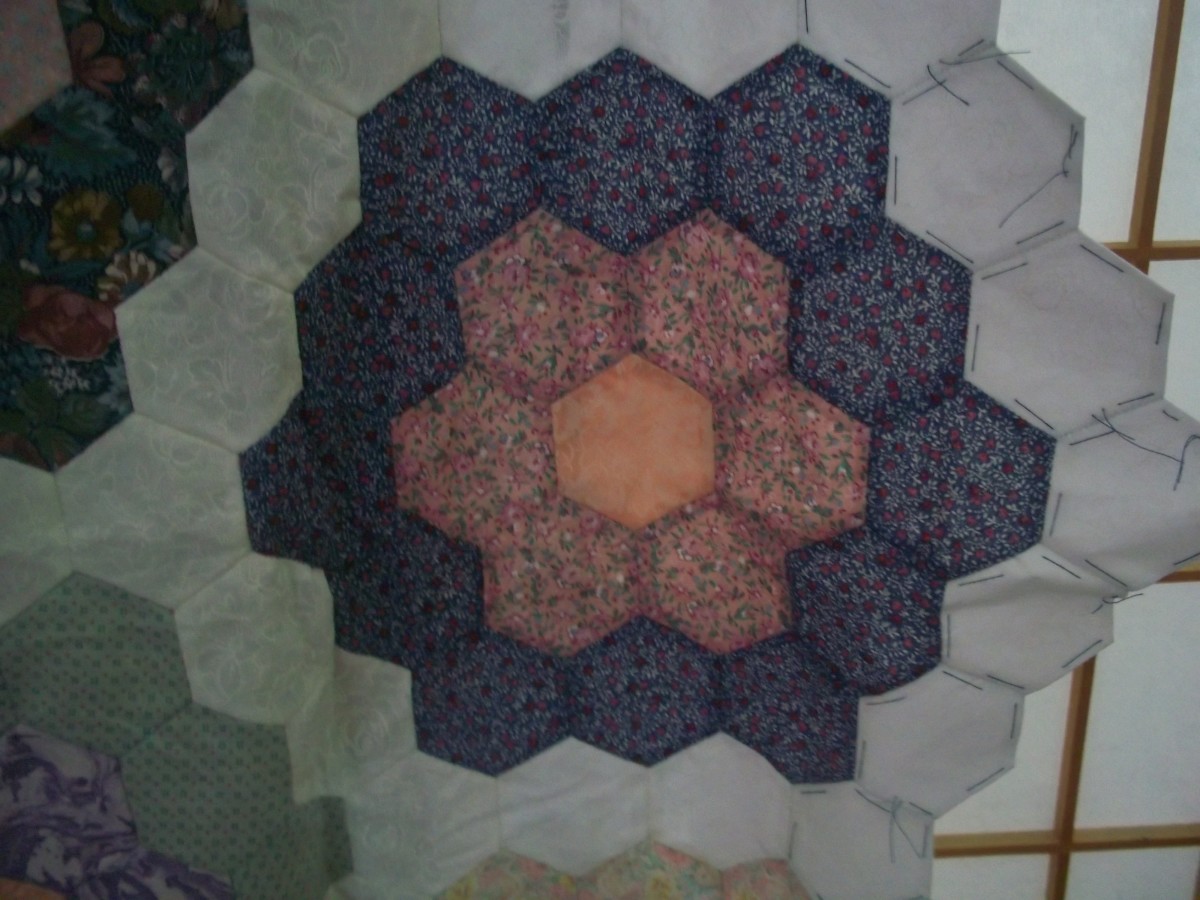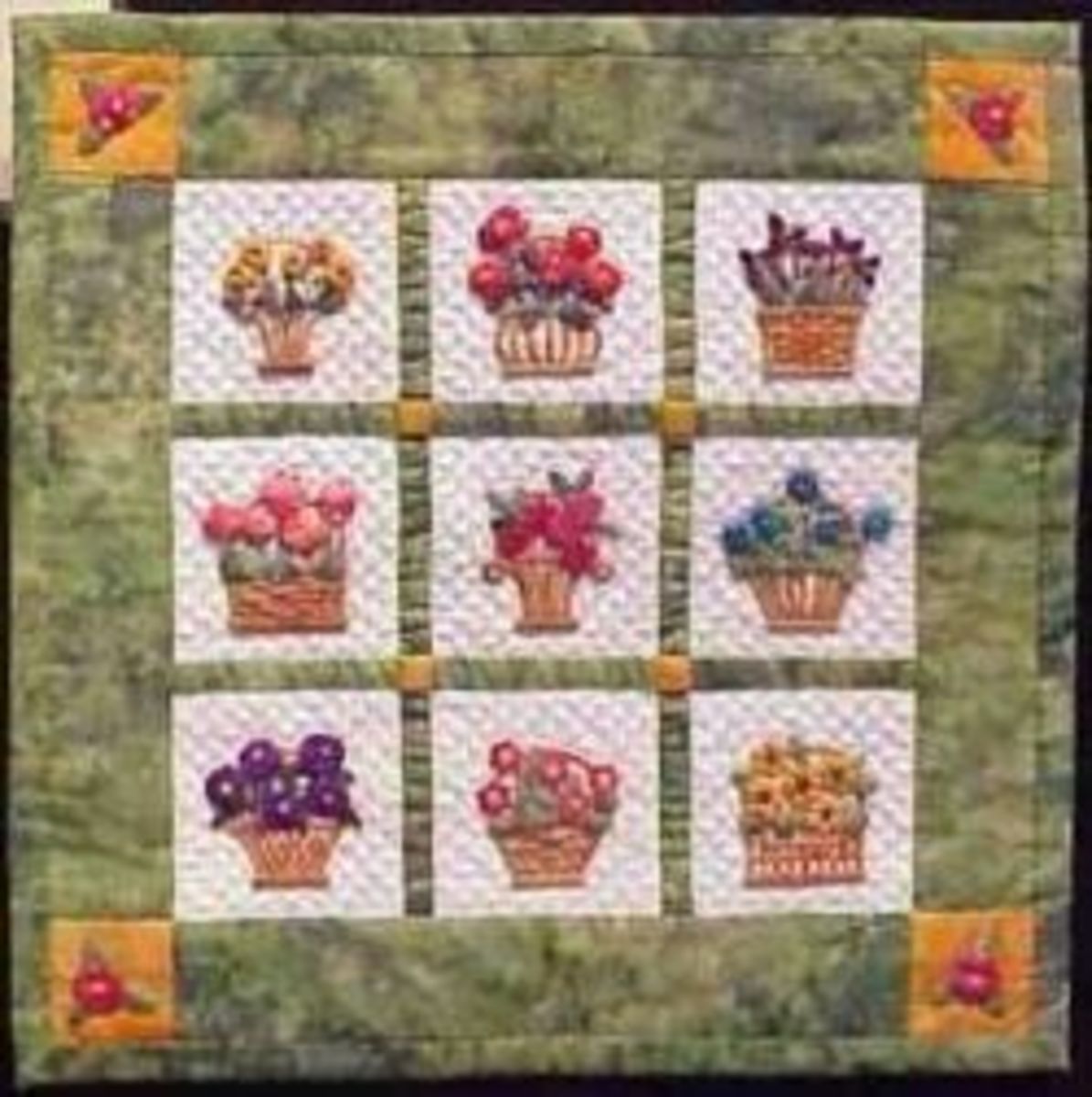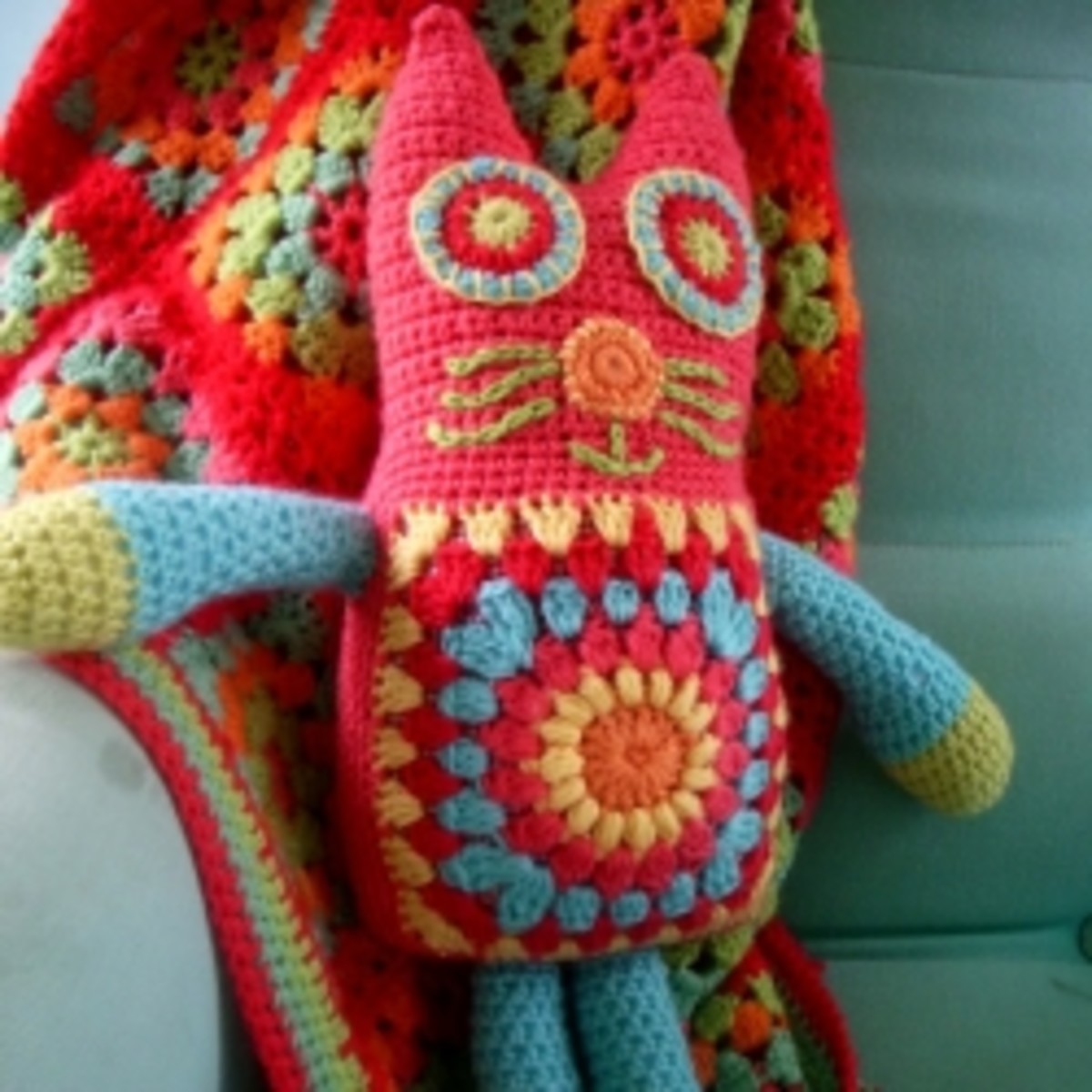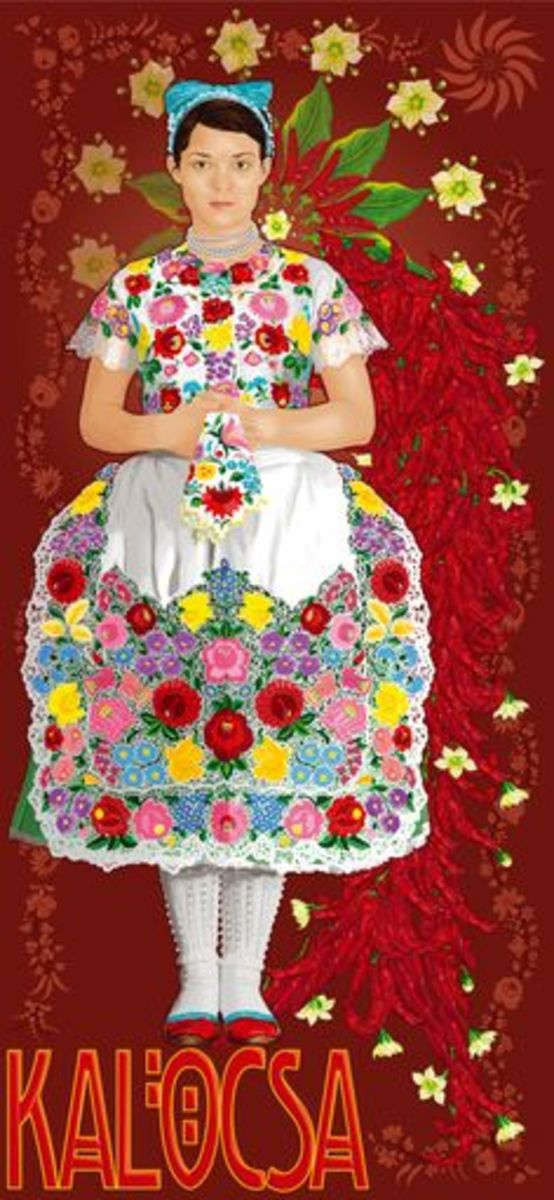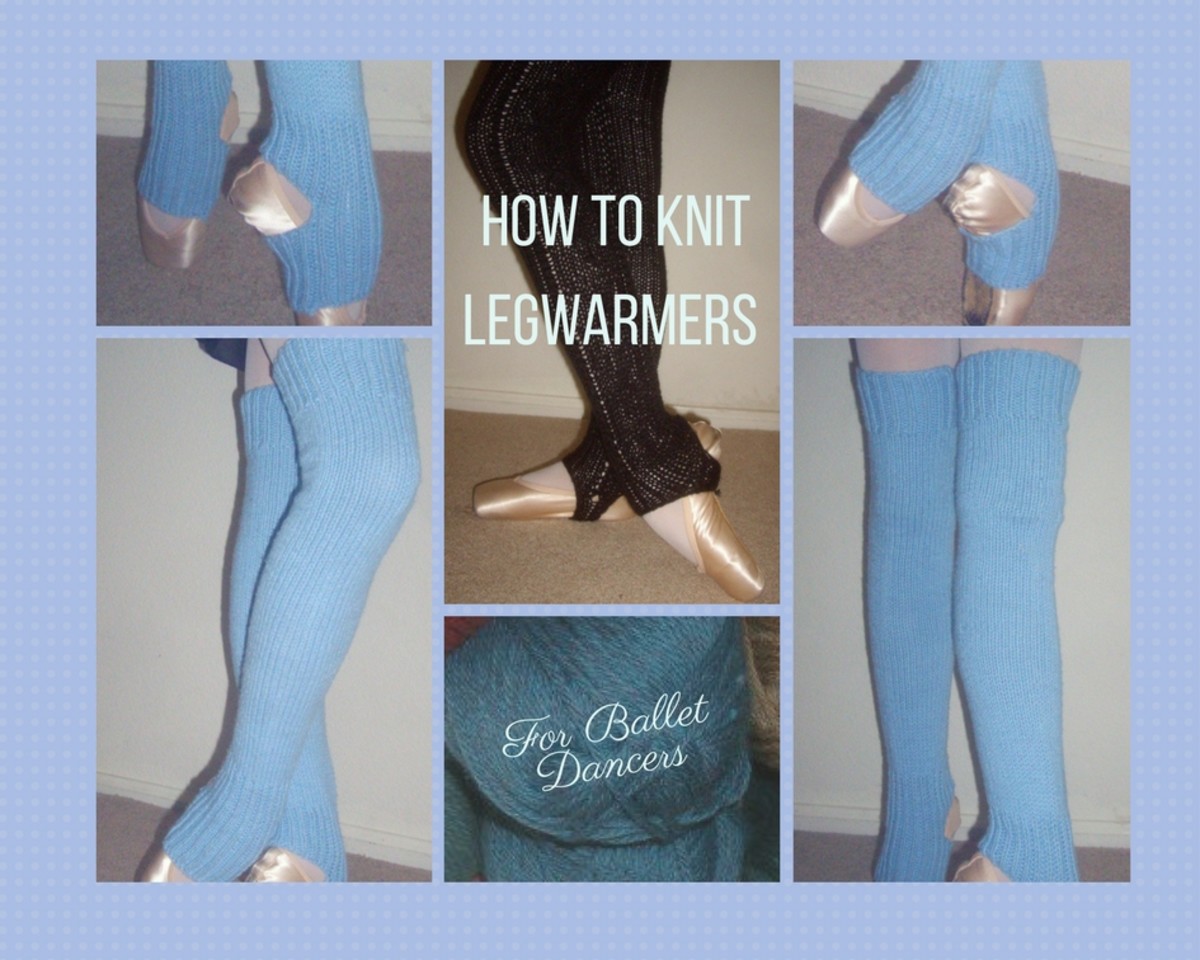Quilting Techniques: An Introduction

The Basics of Quilting...
In its most basic form, quilting consists of three layers, a fabric on top and bottom with a batting layer in the middle. This "sandwich" is then stitched or tied through all three layers to keep them from shifting. Beyond this basic three layer concept, quilting varies widely in technique, and most quilters prefer one technique over another.
Below is a brief summary of some of the different methods with links to additional information.
Quilting Topics:
Printed Panels
Nursery Print-36In Bazoople Panel
The most simple quilting variation is to use a pre-printed panel or fabrics with decorative thematic designs. This quilting method does not require any piecing of smaller elements to create the design so they are sometimes referred to as "cheater" quilts. Pre-printed panels are a popular and quick way to make a baby quilt or other small projects such as place-mats. They are available in a variety of designs and themes. To the right, you can see an example of a panel that is designed for use as a baby quilt.
Traditional Piecing
Traditional quilting consists of joining pieces of fabric together into blocks that create geometric or decorative patterns. The blocks are then assembled together to create a quilt top. From there, the completed quilt top can be layered with batting and a backing and then be either quilted or tied together to finish it.
Piecing requires precision cutting and sewing in order to ensure that the seams all match without puckering or warping. If you are just beginning to quilt, the basic nine-patch is a good block to start with. The nine-patch, as its name states, is a block made up of nine squares that are the same size. The typical nine patch alternates colors in the rows so that the finished block looks like a checkerboard like the block shown at the right.
To see illustrated directions for assembling a nine patch block, visit A Plain Old Nine Patch page at the Quilter's Cache.
If you can only buy one quilting book, this is the one to have...

Foundation Piecing
Foundation pieced blocks are created by applying pieces of fabric to a foundation of either paper or muslin. It is also sometimes called paper-piecing because the block patterns are often printed on paper and the paper is used as the base. Foundation piecing is a way of putting together intricate blocks more easily and accurately than you can with traditional piecing. This method is also frequently used when making miniature blocks.
Paper Piecing Tutorial
Foundation or paper piecing is one of those techniques that is difficult to explain with visual images. This step-by-step tutorial shows you how to put together a paper pieced block.
See what you can do with foundation piecing...

Applique
The term applique comes from the French word appliquer which means "to apply". In quilting, applique refers to the process of attaching pieces of fabric on top of a background fabric either by machine or by hand to create a pattern or motif. In the photo to the left, the green foliage pieces are appliqued on top of the pieced block to create the flower motif.
Applique can be incredibly ornate and some of the most beautiful quilts that I have seen have been constructed using the applique method.
Everything you need to know about applique...

Crazy Quilting
Webster's Dictionary defines crazy quilting as "a patchwork quilt without a design." Crazy quilt blocks were put together by sewing fabric scraps to a base fabric until the base was covered. The seams were then often embellished with embroidery stitches. When enough blocks were completed, they were sewn together to make a quilt. The photo to the left shows a pillow made from a crazy quilt block. You can see how random the shapes and sizes of the pieces are.
Are you ready to get crazy??



